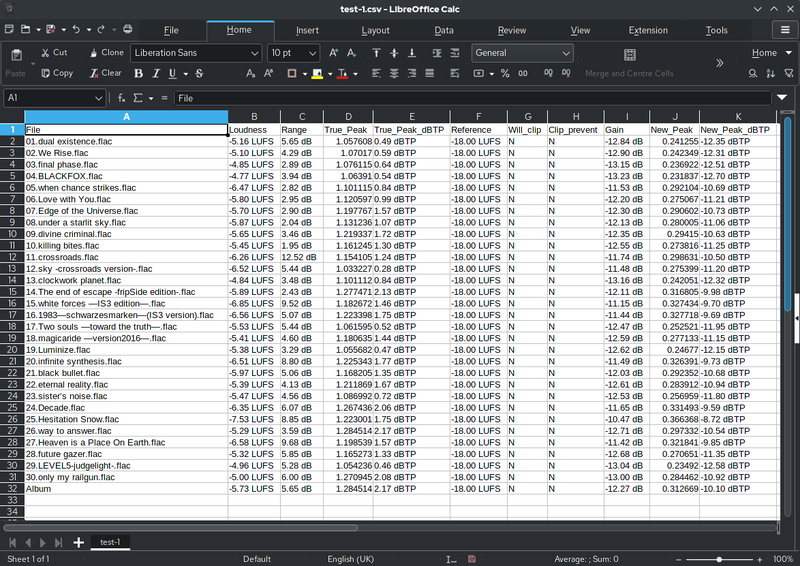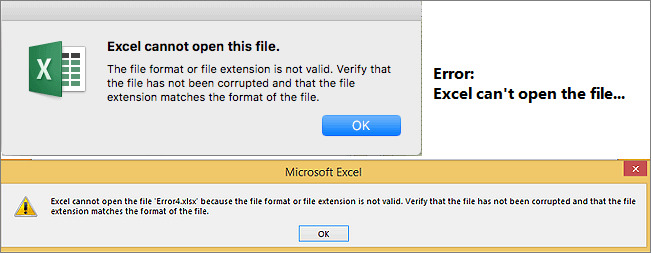Excel Links Not Working Things To Know Before You Buy
Table of ContentsThe Excel Links Not Working PDFsThe Greatest Guide To Excel Links Not WorkingNot known Facts About Excel Links Not WorkingRumored Buzz on Excel Links Not WorkingExcel Links Not Working Fundamentals Explained

Nevertheless, array calculation functions like either can not deal with whole column referrals or determine all the cells in the column. User-defined functions do not immediately acknowledge the last-used row in the column and, consequently, regularly compute entire column references inefficiently. It is simple to program user-defined functions so that they recognize the last-used row.

Indicators on Excel Links Not Working You Need To Know
Utilizing the formula for a vibrant range is normally better to the formula since has the disadvantage of being an unpredictable feature that will be computed at every recalculation. Efficiency decreases because the feature inside the vibrant range formula should take a look at many rows. You can minimize this performance reduction by keeping the component of the formula in a different cell or specified name, and after that referring to the cell or name in the vibrant array: Counts!z1=COUNTA(Sheet1!$A:$A) Offset, Dynamic, Array=OFFSET(Sheet1!$A$ 1,0,0, Counts!$Z$ 1,1) Index, Dynamic, Array=Sheet1!$A$ 1: INDEX(Sheet1!$A:$A, Counts!$Z$ 1+ROW(Sheet1!$A$ 1) - 1,1) You can additionally use functions such as to build dynamic ranges, however is unstable as well as constantly determines single-threaded.
Using numerous vibrant arrays within a solitary column requires special-purpose checking features. Utilizing lots of dynamic ranges can lower performance. In Office 365 version 1809 and also later on, Excel's VLOOKUP, HLOOKUP, and MATCH for specific suit on unsorted data is much faster than ever when searching for multiple columns (or rows with HLOOKUP) from the very same table variety.
There are several means of enhancing lookup calculation time. If you make use of the precise match alternative, the calculation time for the feature is proportional to the variety of cells checked before a suit is found. For lookups over big ranges, this moment can be considerable. Lookup time using the approximate match options of,, and also on sorted information is fast and is not significantly raised by the length of the array you are searching for.
Some Known Facts About Excel Links Not Working.
Make certain that you comprehend the match-type and range-lookup options in,, and. The following code example reveals the phrase structure for the feature. SUIT(lookup worth, lookup variety, matchtype) returns the biggest suit less than or equal to the lookup value when the lookup variety is sorted click over here ascending (approximate match).
The default alternative is approximate match sorted rising. The adhering to code example reveals the syntax for the and also features.
VLOOKUP(lookup worth, table selection, col index num, range-lookup) HLOOKUP(lookup worth, table selection, row index num, range-lookup) returns the biggest match less than or equivalent to the lookup worth (approximate match). This is the default option. Table selection need to be arranged rising. requests a specific suit and assumes the information is not sorted.
About Excel Links Not Working
If your information is arranged, but you want an exact match, see Use two lookups for arranged information with missing values. Attempt using the as well as operates rather of. Is a little faster (roughly 5 percent faster), easier, and also makes use of much less memory than a combination of as well as, or, the added adaptability that and offer frequently allows you to substantially conserve time.
The feature is quick and is a non-volatile function, which accelerates recalculation. The function is likewise fast; nevertheless, it is an unstable feature, as well as it often dramatically raises the moment required to process the computation chain. It's simple to convert to as well as. The following two statements return the same response: VLOOKUP(A1, Information!$A$ 2:$F$ 1000,3, False) INDEX(Information!$A$ 2:$F$ 1000, MATCH(A1,$A$ 1:$A$ 1000,0),3) Since precise match lookups can be sluggish, think about the complying with options for improving efficiency: Utilize one worksheet.
When you can, the information first (is rapid), as well as make use of approximate suit. When you should use a precise match lookup, restrict the array of cells to be scanned to a minimum. Use tables and also organized recommendations or dynamic variety names as opposed to describing a multitude of rows or columns.
The smart Trick of Excel Links Not Working That Nobody is Discussing
2 approximate matches are dramatically faster than one precise suit for a lookup over basics greater than a couple of rows. (The breakeven point has to do with 10-20 rows.) If you can arrange your information but still can not utilize approximate suit since you can not make certain that the value you are looking up you can find out more exists in the lookup array, you can use this formula: IF(VLOOKUP(lookup_val, lookup_array,1, True)=lookup_val, _ VLOOKUP(lookup_val, lookup_array, column, Real), "notexist") The initial component of the formula works by doing an approximate lookup on the lookup column itself.
VLOOKUP(lookup_val, lookup_array, column, Real) If the solution from the lookup column did not match the lookup worth, you have a missing value, and also the formula returns "notexist". Understand that if you look up a value smaller than the smallest worth in the checklist, you obtain a mistake. You can handle this error by utilizing, or by including a tiny examination value to the listing.
Beginning with Excel 2007, you can utilize the function, which is both simple as well as rapid. IF IFERROR(VLOOKUP(lookupval, table, 2 FALSE),0) In earlier variations, an easy however slow-moving way is to use a function which contains 2 lookups. IF(ISNA(VLOOKUP(lookupval, table,2, FALSE)),0, _ VLOOKUP(lookupval, table,2, FALSE)) You can stay clear of the dual specific lookup if you make use of exact when, keep the result in a cell, and then evaluate the outcome before doing an.